Indian National Movements (1905 – 1916) – First World War, Home Rule League & Montague-Chelmsford Reforms
by Devender
0 2243
The first World war started in 1914 where the British, Italy, France, US, Japan, and Russia went against Germany, Austria-Hungary, and Turkey.
Nationalist Response towards First World War
The nationalists had three different prospects towards British participation in the war.
- The Moderates supported Britishers as a duty/obligation
- The Extremists supported the war with a mistaken belief that the British will repay India's loyalty with Swaraj
- The revolutionaries decided to use this opportunity and start a war with Britishers and liberate the country
- It was a revolutionary group that organized around a weekly newspaper "The Ghadr"
- Their headquarter was in San Francisco
- The revolutionaries were mainly ex-military and farmers who migrated from Punjab to USA and Canada for better job opportunities
- Ghadr was established by the efforts of Lala Hardayal, Ramchandra, Bhagwan Singh, Kartar Singh Saraba, Barkatulla & Bhai Parmanand in 1913
- Komagata Maru Incident:
- The passengers were mainly Sikh and Punjabi Muslim
- They were turned back by Canadian authorities after 2 months of privation & uncertainty
- It was believed that Britishers had some say in this
- The ship finally reached Calcutta in September 1914
- The inmates refused to board the Punjab bound train
- When police forced them, 22 people died
- This incident made leaders of Ghadr angry who were already encouraged by the First World War
- They decided to launch a violent attack on British rule in India
- Mutiny in Singapore:
- Lord Hardinge II:
- He passed the annulment of the Bengal Partition
- He also laid the foundation of the Banaras Hindu University in 1916
- He made Madan Mohan Malaviya, the Founder-Chancellor of this university.
- Annulment of Bengal Partition:
- One by Tilak at Poona in April 1916 concentrated on Maharashtra (excluding Bombay), Karnataka, Central Provinces, and Berar,
- Another one by Annie Besant at Madras in September 1916 that covered the rest of India including Bombay
- To get self-government for India within the British Empire
- Formation of linguistic states
- Education in the vernacular languages
- Measures taken by Government:
- The government came down with severe repression mainly in Madras
- They banned students from attending political meetings
- The government also banned the entry of Tilak in Punjab and Delhi
- Annie Besant and her associates were arrested in 1917 which brought massive nationwide outrage
- Subramaniya Aiyar renounced his knighthood
- The Lucknow Pact:
- Montague-Chelmsford Reforms:
- India’s objections to Montague-Chelmsford Reforms:
Indians supported the British to get Swaraj but they failed to see that this war was fought by Imperialist giants on the grounds of safeguarding their colonies and markets. During the war, both parties threaten each other to expose their un-civilian colonial records.
All over the world, these colonial powers asked their colonies to march with them in war and promised an era of democracy and self-determination after the war but once the war was over, The Paris Peace Conference and other peace treaties made it clear that these imperialist powers have no intention of loosening their hold on any of their colonies. The winning side even divided the colonies of the losing side among themselves.
The Ghadr Party
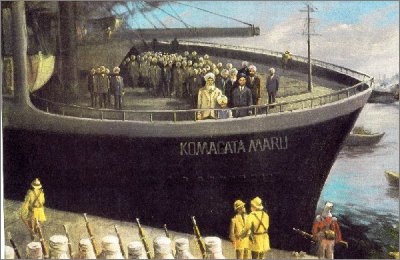
These revolutionaries set up a "Swadesh Sevak Home" in Vancouver and "United India House" in Seattle. They also wanted to bring a revolution in India encouraged by two events: the Maru incident and the outbreak of the First World War.
This incident was very important as it created an explosive situation in Punjab. Actually, Komagata Maru was the name of a ship that was carrying 370 passengers from Singapore to Vancouver.
They asked fighters to move to India and contacted Bengal revolutionaries to raise funds in Punjab and hence, an explosive situation occurred in Punjab. The Ghadr program mainly included the killing of British officials, publishing revolutionary and anti-imperialist literature and working among Indian troops stationed abroad, procure arms, and bring about a simultaneous revolt in all British colonies.
The Berlin Committee
It was established for Indian Independence in 1915 by Virendranath Chattopadhyay, Bhupendranath Dutta, Lala Hardayal & the foreign office under Zimmerman Plan. They encouraged Indians settled abroad to send volunteers and arms to India so that an armed invasion could be carried out on Britishers to liberate India.
Out of many mutinies that happened in this period, the most notable was in Singapore on February 15, 1915, which was founded by Punjabi Muslim 5th Light Infantry and the 36th Sikh battalion under Jamadar Chisti Khan, Jamadar Abdul Gani and Subedar Daud Khan. However, it was crushed after a fierce battle where many died.
He was in rule from 1910 to 1916 and he created the Bengal presidency and also shifted the capital from Calcutta to Delhi in 1911. During his period, the coronation durbar of King George V was held in Delhi in 1911 and the Hindu Mahasabha was established in 1915 by Madan Mohan Malaviya.
It was done in 1911 to stop the menace of revolutionary terrorism. It came as a huge shock to Muslim elites who were looking for a separate Muslim majority Bengal. Bihar & Orissa were taken out of Bengal and Assam was made a separate province. It was also decided to shift the capital to Delhi to please Muslims as it was associated with Muslims glory but they were not happy about it.
Home Rule League Movement
It was the Indian response to the First World War. It was organized after the Irish Home Rule Leagues which demanded the emergence of a new trend of aggressive politics. Annie Besant was an Irish theosophist who decided the movement of home rules on the grounds of Irish Home Rule Leagues.
Tilak was released from Jail in 1914 after reassuring the Government of his loyalty and to the Moderates that he wanted a reform of the administration and not an overthrow of the Government just like Irish home rulers.
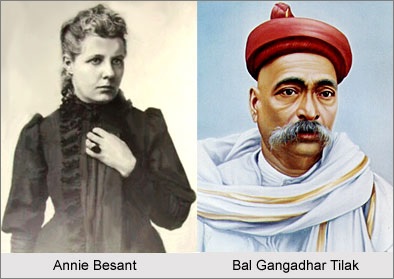
Annie Besant launched a campaign in 1915, demanding self-government for India. She campaigned through her newspapers, New India & Commonweal, and through public meetings and conferences. Two Home Rule Leagues were established:
They had 3 main aims:
These two leagues cooperated with each other and keep in touch with Congress and Muslim League to demand Home rule for India. It brought a new life to the National movement with women joining in large numbers. Anglo-Indians, most Muslims, and non-brahmins from the South did not join the movement as they believed Home rule means the rule of the Hindu majority mainly upper castes.
Shyamji Krishnavarma set up a home rule league in London.
The government chose to appease the patriots by pronouncing its aim to concede self-government to Indians, as contained in Montagu's August 1917 declaration. Thus declaration brought the end of the movement. Annie Besant and Tilak's efforts in the Moderate-Extremist reunion at Lucknow in 1916 revived the Congress as an effective instrument of Indian nationalism.
It happened in 1916 where the divided congress became united once again and an understanding was met between Congress and Muslim League is known as the Lucknow Pact to work together against the British. It marked an important step towards Hindu-Muslim unity. INC finally accepted the separate electorates of Muslims. Muslims were angry at the British Government for the annulment of partition, the denial of Aligarh University as an umbrella university, and Turkey's repercussions in WW1.
Lord Chelmsford
He ruled from 1916 to 1921 and during his period, enactment of the Government of India, 1919 which is also known as Montague-Chelmsfor Reforms, and enactment of the Rowlatt Act in 1919 took place. The Jallianwala Bagh Tragedy and beginning of the Non-cooperation Movement also happened in his period in 1919.
It introduced Diarchy in the provinces and provincial subjects were divided into "Reserved Subjects" such as police, jails, land revenue, irrigation, and forests and "Transferred Subjects" such as education, local self-government, public health, sanitation, agriculture, and industries where Reserved Subjects were to be administered by the Governor & his Executive Council and The Transferred subjects were to be administered by the Governor and his ministers.
It also stated that a bicameral (Two Chambers) legislature was set up at the center, consisted of the Council of States (60 members) and Legislative Assembly (145 members) which could ask questions and supplementary, pass adjournment motions, and vote a part of the budget, but 75% of the budget was still not votable. The salaries of the Secretary of State for India and his assistants were to be paid out of the British revenues which were so far, they were paid out of the Indian revenues.
Viceroy had 8 executive councils out of which 3 were to be Indians and a High Commissioner for India at London was appointed. One of the most promising and important aspects of this act was the division of powers under the system of Diarchy in the provinces.
There were no specific time frame given and Government alone had the power to decide the nature and the timing of advance towards a responsible government. The Indians were also resentful that the British would decide what was good and what was bad for Indians.

Share:

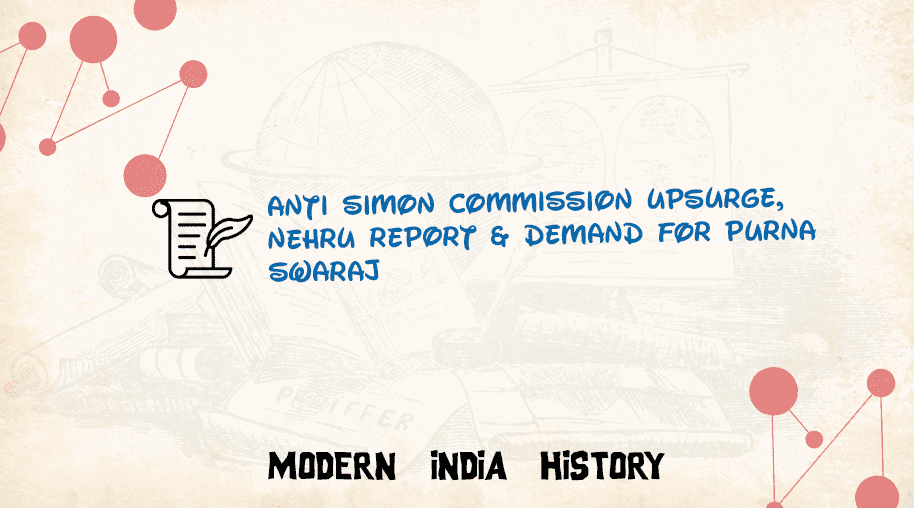
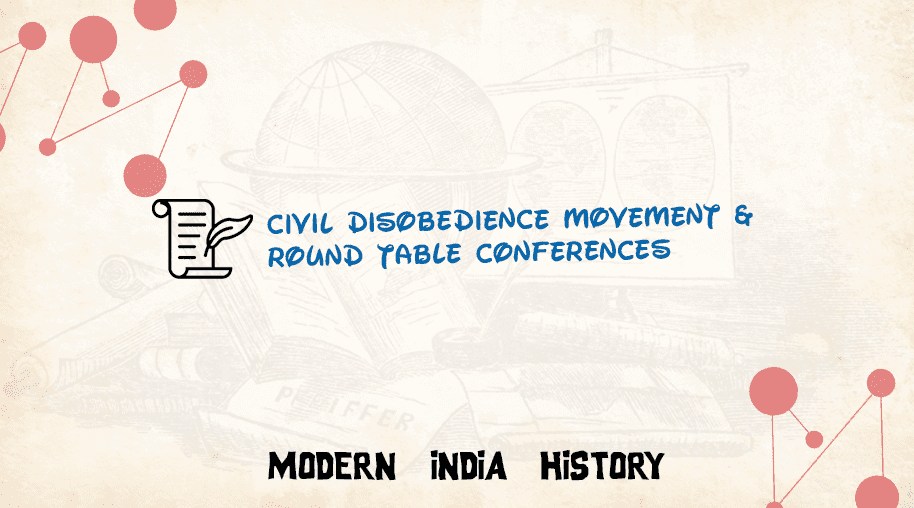
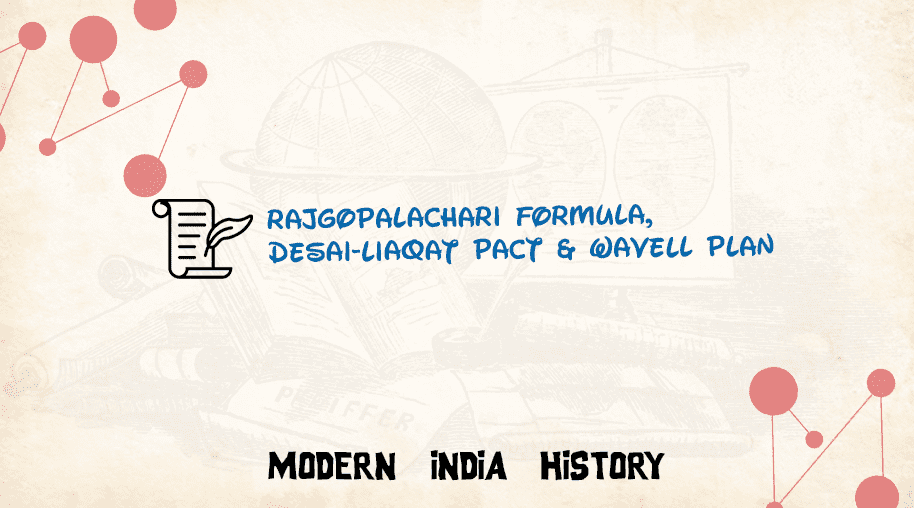
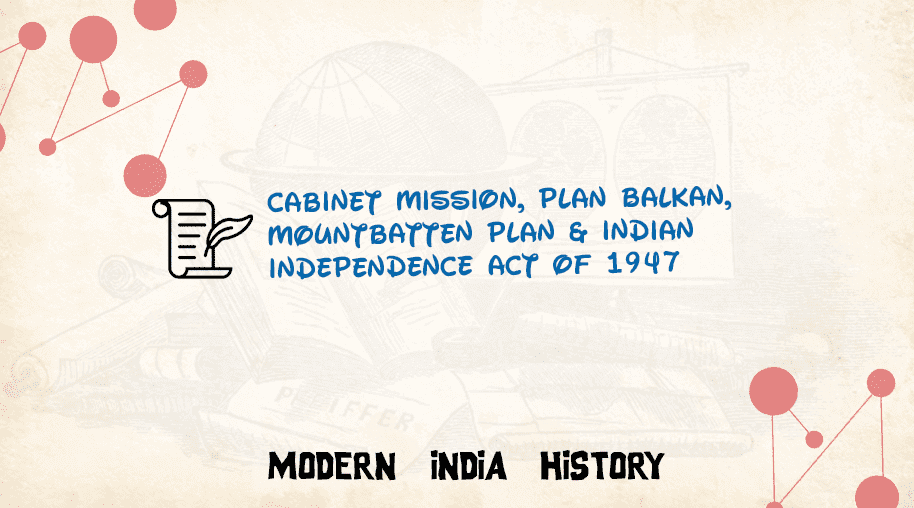


Comments
Waiting for your comments